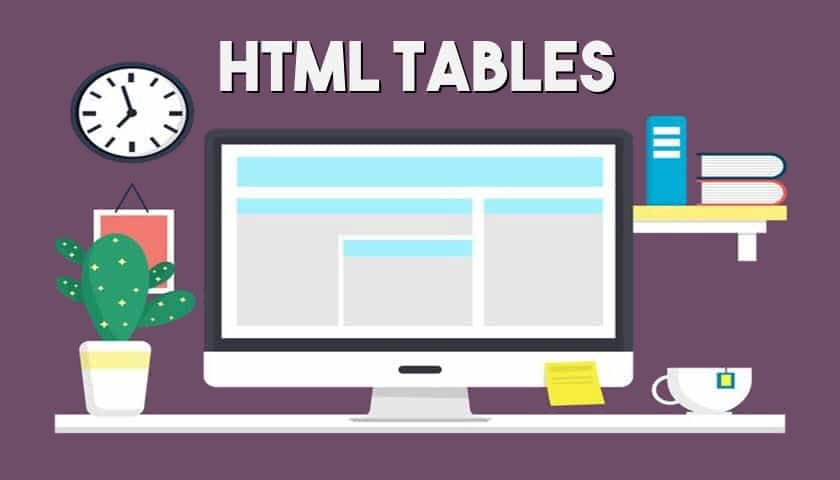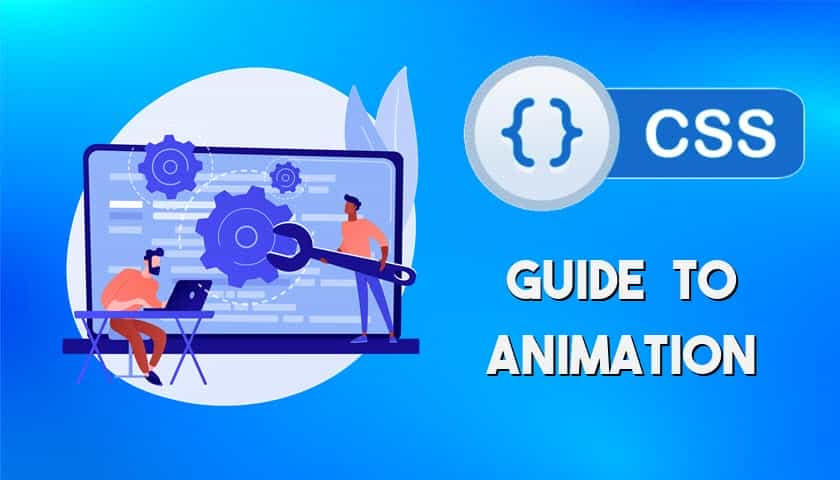Author Archives: CSSPortal

10 Different CSS Animated Links
CSS animations stand out as a powerful tool to enhance user experience and add a touch of creativity to websites. Among the many elements that can be animated, links are particularly interesting due to their pivotal role in navigation and user interaction. Animating links can not only improve the visual appeal of a website but […]

HTML Tables: A Complete Guide
HTML tables are a powerful tool for displaying data in a structured, grid-like format on web pages. They are widely used for presenting information such as financial data, schedules, or any list that benefits from a row and column layout. In this guide, we'll explore everything you need to know about creating and styling HTML […]

JavaScript LocalStorage: A Fun and Easy Guide
Welcome to our guide on mastering JavaScript LocalStorage! Whether you’re a coding beginner or a seasoned developer, this guide is meant to be an enjoyable and instructive journey into the world of LocalStorage. This powerful feature of JavaScript is a web storage that enables you to store, retrieve and manipulate user data within the user’s […]
By CSSPortal Published on February 17, 2024 Category JavaScript

Creating Gradient Borders with CSS
With more than a billion websites in the digital universe, making your site stand out is vital. One way to add extra aesthetic appeal and uniqueness to your site is by creating gradient borders using CSS. While it might seem an intricate process to some, this blog post aims to simplify it for you. We […]

Meta Tags in HTML: A Comprehensive Guide
Meta tags in HTML play a crucial role in providing information about a web page to both browsers and search engines. These tags are placed in the <head> section of an HTML document and are not visible to users. Meta tags help define various aspects of a webpage, such as its character set, viewport settings, […]

Understanding CSS !important: When and How to Use It
Cascading Style Sheets are the backbone of web design, allowing developers to control the presentation and layout of web pages. While CSS provides a powerful and flexible way to style your web content, there are times when you need to override specific style rules. This is where the !important declaration comes into play. In this […]

Understanding the CSS :root Pseudo-Class
CSS is the web designer's magic wand, allowing them to transform the plain HTML structure into visually appealing and interactive web pages. While many are familiar with the basic CSS selectors, such as class and ID selectors, there are some lesser-known gems that can greatly enhance your styling capabilities. One such gem is the :root […]

Styling Form Elements with CSS
Web forms are integral parts of websites — they're used for user signups, contact forms, search bars, and more. However, the default styling of form elements can be quite plain. This tutorial will guide you through the process of styling form elements using CSS to create more appealing and interactive forms. Creating a Basic Form […]

Beginners Guide to CSS Animations
CSS animations are a powerful way to add interactivity and visual interest to your websites. With CSS animations, you can create effects such as fading elements in and out, moving elements around the page, changing the appearance of elements over time, and even simulate complex physics-based effects. To create a CSS animation, you need to […]

Understanding the Difference Between HTML Tags <strong> and <b>
HTML, the backbone of web content, offers various tags to structure and format text. Among these tags are <strong> and <b>, both of which are used to emphasize text. However, these tags serve distinct purposes and have different implications for both visual presentation and semantic meaning. In this article, we'll delve into the dissimilarities between […]
